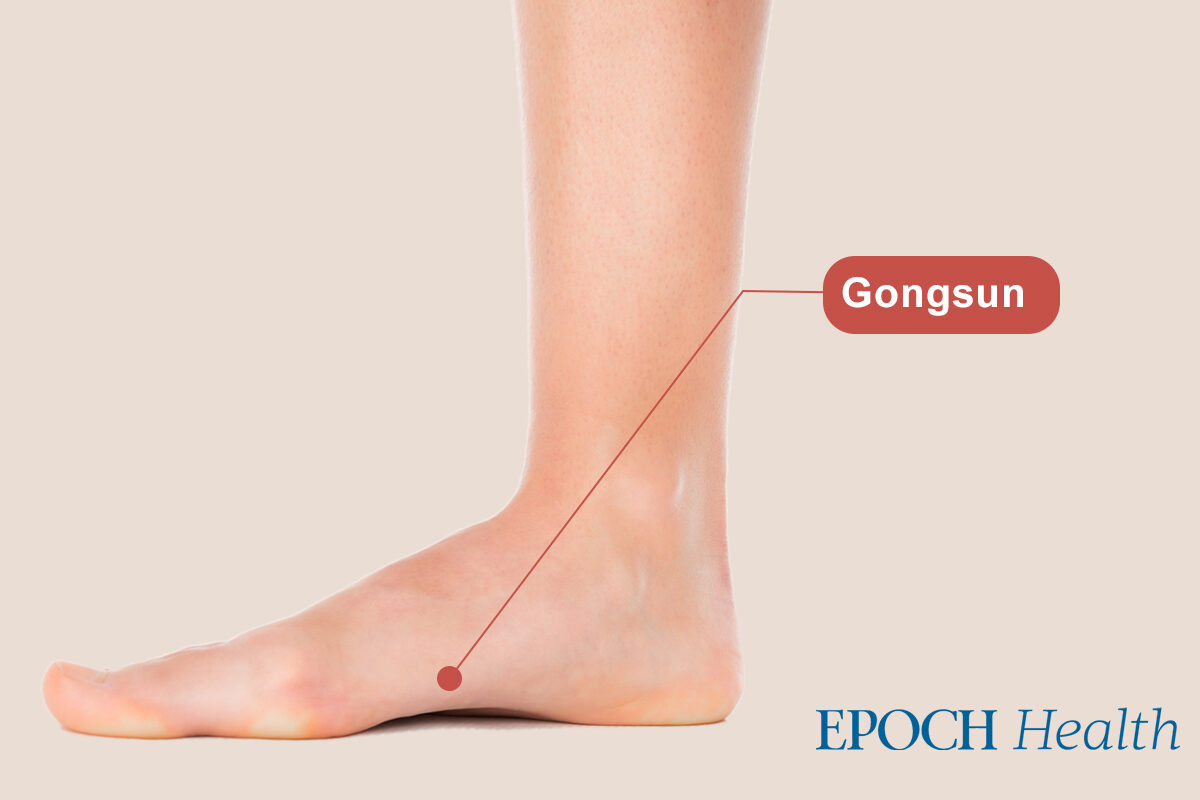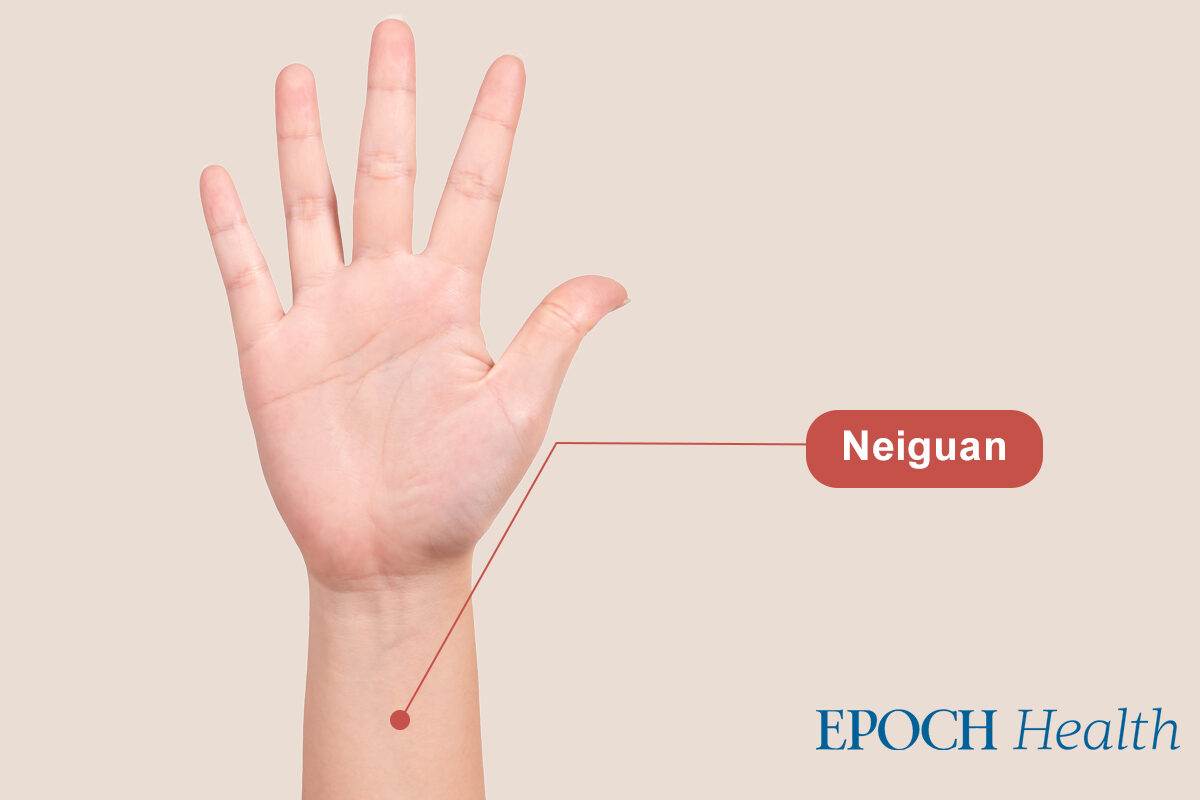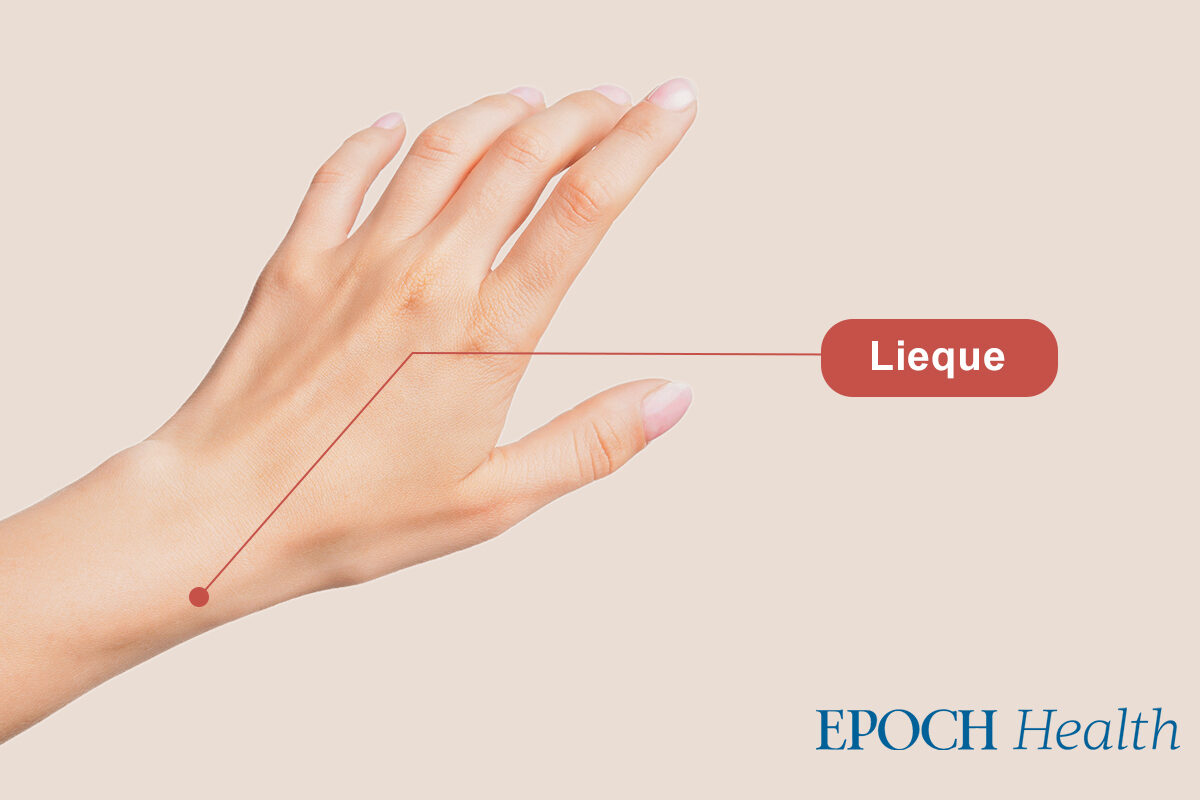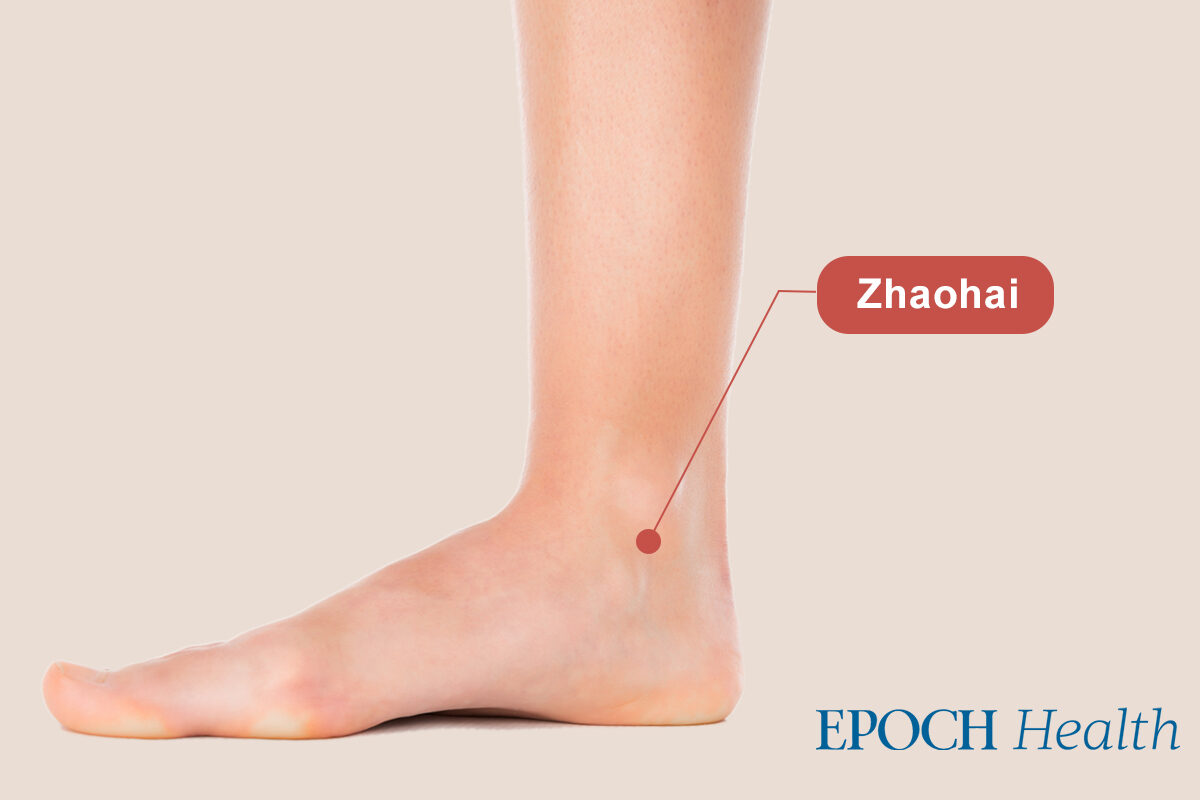The earliest records of meditation can be traced back to ancient India. Meditation has become increasingly popular in the West in modern times. Many studies have shown that meditation is good for immunity, the brain, and sleep.
According to the 2018 National Center for Health Statistics (NCHS) briefing (pdf) published by the U.S. Centers for Disease Control and Prevention (CDC), in 2017, 14.2 percent of American adults had practiced meditation in the past 12 months.
Sitting still and trying to unlock one’s mind for essential bliss and clarity is one way to practice meditation, which aims to balance the body and mind and improve self-cultivation.
Although the body appears motionless in meditation, enormous changes are undergoing in the genes.
Enhances Body Immunity
A large-scale genome study published in the Proceedings of the National Academy of Sciences (PNAS) in 2021 proved that meditation enhanced immune function without activating inflammatory signals.
Over 100 volunteers participated in the experiment for an eight-day meditation practice, and the researchers collected blood samples from them at four different time points for analysis. The samples were collected five to eight weeks before meditation, on the day of preparing to start meditation, immediately after completion, and three months after participating in the experiment.
The research analysis found that after meditation, 220 genes directly related to the immune response in the human body (including 68 genes related to interferon signaling), were regulated upward, while the expression of inflammatory genes did not change significantly. This immune response network is significantly dysregulated in patients with multiple sclerosis and severe COVID-19. The findings suggest that meditation can improve the immune response, potentially treating a variety of diseases associated with excessive or persistent inflammation.
Changes the Brain, Reducing the Cognitive Decline of Aging
According to a 2006 review of studies published in the journal Psychological Bulletin, neuroimaging studies showed increased zonal cerebral blood flow during meditation. Meditation showed changes in the brain’s anterior cingulate cortex and dorsolateral prefrontal areas.
A 2008 study published in the journal Social Cognitive and Affective Neuroscience found that areas of the brain that are normally activated during meditation showed higher concentrations of gray matter. This study compared the MRI brain images of 20 mindfulness meditators (over eight and a half years of practice on average, two hours a day) and nonmeditators. The results showed that for the meditators, the right anterior insula, left inferior temporal gyrus, and right hippocampus had a higher concentration of gray matter.
In 2005, the journal NeuroReport by the Massachusetts General Hospital in Boston published a study that showed that, compared with a matched control group, participants with extensive meditation experience had areas inside their brains associated with attention, interoception, and sensory processing that were significantly higher in zonal cortices. This was particularly thicker in the prefrontal cortex and right anterior insula. The differences in prefrontal cortex thickness were most pronounced among the different groups of older participants, suggesting that meditation may counteract age-related cortical thinning.
Additionally, a 2014 review of studies published in the Annals of the New York Academy of Sciences noted preliminary evidence that meditation can counteract age-related cognitive decline.
Slows Down Cell Aging
In a study published in the journal Psychoneuroendocrinology in 2011, about 30 participants who practiced meditation six hours a day for three months had their activity of telomerase in cells in the body significantly higher than that of the control group. When the activity of telomerase is very high, it can maintain the length of telomeres at the ends of chromosomes, protect the chromosomes, and delay the aging of cells. Chronic psychological stress can reduce telomerase activity, and studies have shown that after meditation, participants’ positive mindfulness and desire for life increased, and negative emotions decreased, which promoted an increase in telomerase activity.
Lowers Blood Pressure
A review study published in the Journal of Human Hypertension in 2015 analyzed the results of 12 studies involving nearly 1,000 participants. The results of the study showed that compared with the control group, the systolic and diastolic blood pressure decreased by about 4.26 mmHg and 2.33 mmHg, respectively, in the meditation group. The effect is even more obvious in older participants, people with higher blood pressure pre-study, and female participants.
Improves Sleep
A 2014 study published in the journal Sleep was performed on participants having their objective sleep data measured by laboratory sleep tests and wrist sleep recorders over eight weeks. The results of the study showed that the people who received the meditation intervention were better than the self-monitoring group as the control in terms of total waking time and insomnia severity index. The study concluded that meditation appears to be a viable treatment option for adults with chronic insomnia, as an alternative to traditional insomnia treatments.
How to Try Meditation
Different meditation sects have different ways of sitting cross-legged. Most of the single-cross sitting methods have the man pull his left foot up and put it on top of the bent right leg. For the double-crossed sitting method, it starts first with this, then the right foot lifts up to rest on the bent left thigh. Women’s sitting posture is just the opposite of men’s.
Hu Naiwen, a traditional Chinese medicine (TCM) practitioner at Taiwan’s Tongdetang National Medicine in Shanghai, mentioned in an article in the Chinese-language edition of The Epoch Times that meditation can improve blood circulation. Some people say that sitting cross-legged is rather painful and difficult to perform. It is true that when you start to learn to sit cross-legged, you might feel pain, but it will gradually disappear over time.
When meditating cross-legged, once both feet become numb, they are in a low blood flow state, and the subsequent relaxation can improve peripheral nerve pain, reduce neuropathy, and is effective in enhancing the blood circulation of the entire lower limbs. You can try to maintain this position for 10 minutes in the beginning, and gradually increase it to 15, 20, and 30 minutes. Never think, “I can’t do it.” This is an obstacle that prevents you from doing so.
Do you need to use abdominal breathing in meditation? Hu said that there are no strict rules on this aspect when meditating, so whether you do it or not is not critical.
Meditate to Accumulate Energy
Hu pointed out that when crossing the legs, the blood stays in the blocked place, and the blocked place will accumulate a lot of energy. He also mentioned that the human body contains 12 main meridians, plus another eight extra meridians.
According to TCM, there are 12 main meridians in the human body corresponding to the 12 viscera. All internal organs make contact with the body’s surface through these meridians. There are special points along the meridians called acupoints, which are mainly nerve endings and areas where blood vessels are more abundant.
In the theory of TCM, the meridian is the energy channel of the human body, which is responsible for transporting qi and blood around the whole body. They are the basic substances that constitute the human body and maintain all physiological activities. The qi and blood in the 12 meridians circulate and flow according to the 12 hours (one hour is equivalent to two clock hours) in a day.
Hu said that the eight other meridians also have a similar circulation of qi and blood. The eight other meridians are Ren, Du, Chong, Dai, Yangjiao, Yinjiao, Yangwei, and Yinwei. These eight meridians also have eight corresponding acupoints on the hands and feet. They are the Neiguan, Gongsun, Waiguan, Linqi, Lieque, Zhaohai, Houxi, and Shenmai.




When meditating, once the hands are placed on the legs in their cross-legged position and the armpits are slightly open, you will find that the left Gongsun and the right Neiguan form a straight line, and the left Lieque and the right Zhaohai also form a straight line.
Hu said that the ancients may have discovered such a posture of meditation can make the eight extra meridians communicate with each other. If you often meditate like this, over time, the eight extra meridians can be well connected, and the subsequent changes that will occur are immeasurable.
Ultimate Goal of Meditation
The benefits of meditation to the body and mind are becoming increasingly recognized, but when it comes to how deep mindfulness works during the process, there is still some mystery. What is the ultimate goal of meditation then?
The origin of meditation tells us it was not discovered by those who pursued health but was passed down by ancient practitioners.
Hu mentioned that in ancient China, there was a tradition of “cultivating Buddhism” and “cultivating Taoism” among the people, and they all had the habit of meditating. Lao Tzu and Bodhidharma are famous examples. Confucianism has its meditation methods, too. You can find in ancient books the phrase “dress neatly and sit upright.” Dressing in neat clothes is called “in neat lapel,” which is a sign of respect, and sitting upright means “sitting attentively,” which is a sign of being respectful and focused. This is a way of sitting quietly and undisturbed as advocated by Confucianism.
Hu said that those who are truly on the road of self-cultivation should not only focus on body movements such as how to sit during meditation, but also pay attention to cultivating their minds.
Whether you are pursuing good health or seeking the path of spirituality, you can start with meditation. It is easier to follow this path with guidance from a therapist or fellow practitioners.
RELATED TOPICS
